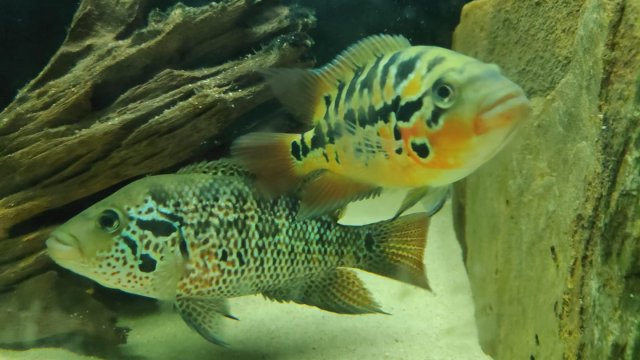A lot of Red Tiger Motaguense are hyphenated with the "Rio Blanco" moniker, meaning the specimens or the ancestors of the fish you have were collected from Rio Blanco, my questions is, are there other types of RTM or Motaguense ? Does the Rio Blanco specimen have features that separate it from other motaguenses ?
BTW Mine were sold as "Red Tiger Motaguense - Rio 75G"

BTW Mine were sold as "Red Tiger Motaguense - Rio 75G"



